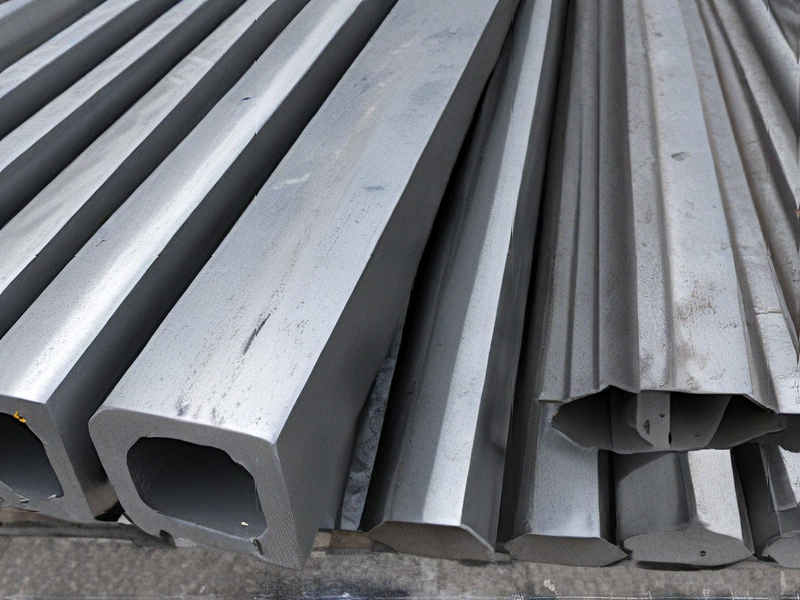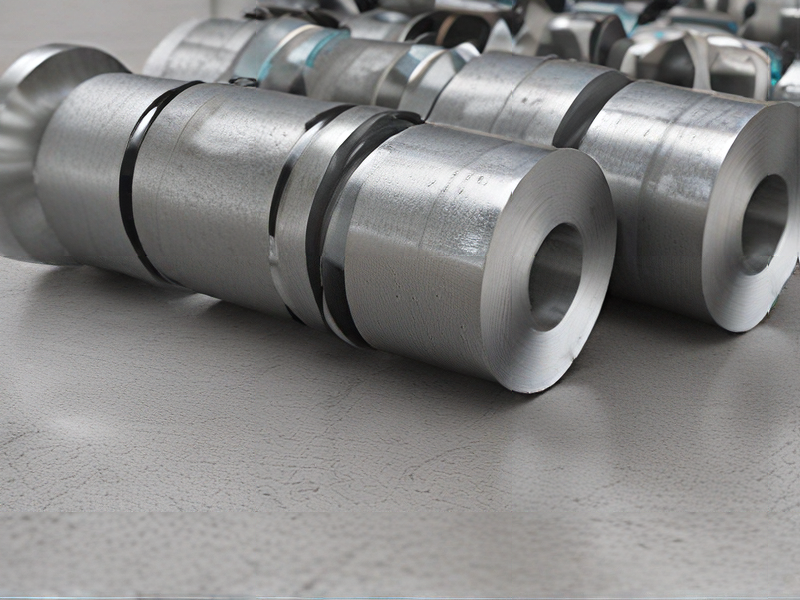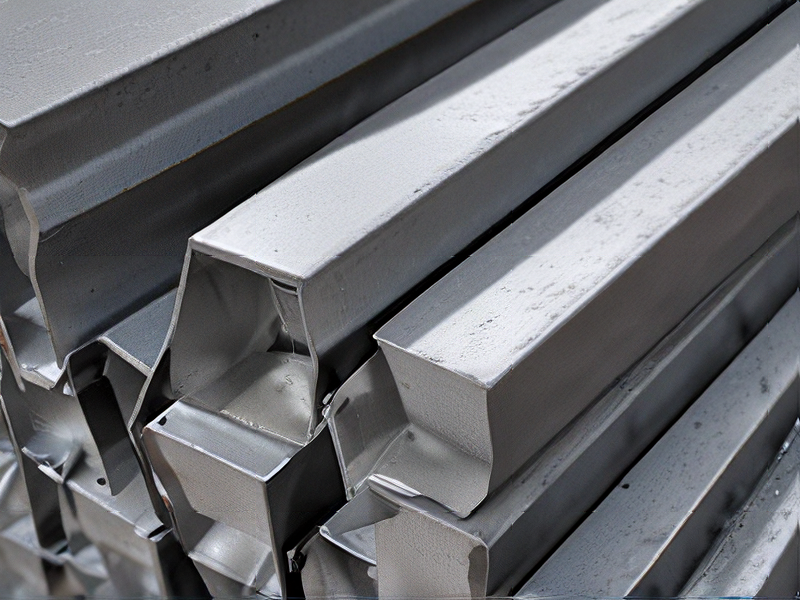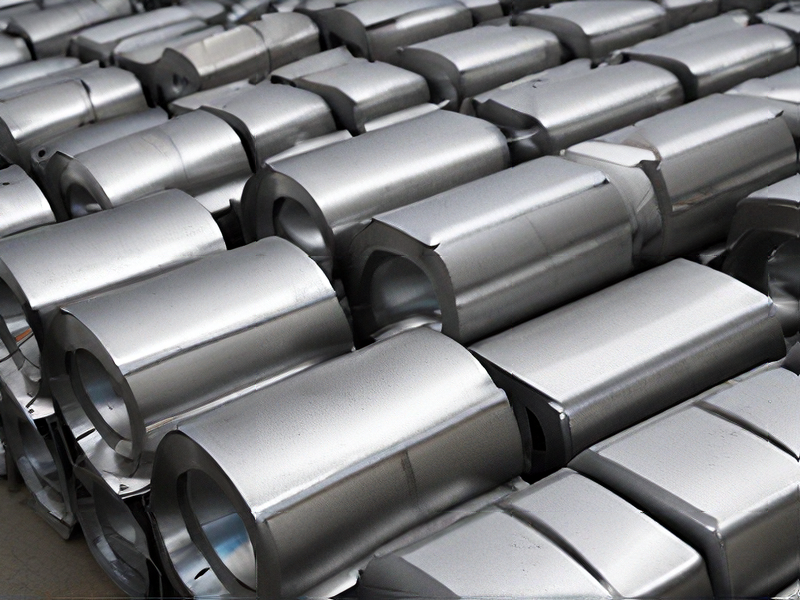Technology and Applications of galvanised steel vs stainless steel
Galvanized steel and stainless steel are both widely used in various industries due to their unique properties and applications.
Galvanized Steel:
Galvanized steel is carbon steel coated with a layer of zinc to enhance corrosion resistance. This process, known as galvanization, involves immersing the steel in molten zinc or applying zinc-rich coatings. It protects the underlying steel from rust and corrosion, making it suitable for outdoor environments and applications where moisture and exposure to elements are common. Common uses include roofing, automotive parts, HVAC systems, and construction materials like fencing and gutters. Galvanized steel is cost-effective and relatively low-maintenance, making it popular in construction and manufacturing.
Stainless Steel:
Stainless steel, on the other hand, contains chromium, which forms a passive chromium oxide layer on its surface when exposed to oxygen. This layer prevents corrosion and gives stainless steel its characteristic resistance to rust, stains, and corrosion. Stainless steel comes in various grades and finishes, offering versatility in strength, appearance, and resistance to heat and chemicals. It is widely used in environments requiring hygiene and cleanliness, such as food processing, medical equipment, pharmaceuticals, and architectural applications like kitchen appliances and decorative elements.
Comparison:
– Corrosion Resistance: Stainless steel offers superior corrosion resistance compared to galvanized steel, especially in harsh environments with exposure to chemicals or saltwater.
– Strength and Durability: Stainless steel is generally stronger and more durable than galvanized steel, making it suitable for heavy-duty applications.
– Cost: Galvanized steel is typically more cost-effective initially, but stainless steel’s longevity and reduced maintenance costs can make it a better long-term investment.
– Aesthetic Appeal: Stainless steel has a more polished and modern appearance compared to the matte finish of galvanized steel.
In summary, the choice between galvanized steel and stainless steel depends on factors such as cost, environment, strength requirements, and aesthetic preferences. Each material offers distinct advantages suited to different applications across industries.

Quality Testing Methods for galvanised steel vs stainless steel and how to control quality
Quality Testing Methods for Galvanized Steel vs Stainless Steel
Galvanized Steel:
1. Coating Thickness Test: Uses a magnetic gauge to measure the zinc coating thickness, ensuring adequate protection.
2. Adhesion Test: Involves bending the steel to check if the zinc coating adheres well without flaking.
3. Salt Spray Test: Exposes the steel to a saline environment to assess the corrosion resistance of the zinc coating.
4. Visual Inspection: Checks for uniformity, continuity, and coverage of the zinc coating, identifying defects like bare spots or uneven coating.
Stainless Steel:
1. Chemical Composition Analysis: Uses spectrometry or chemical tests to verify the presence of chromium, nickel, and other alloying elements.
2. Intergranular Corrosion Test (IGC): Determines susceptibility to grain boundary corrosion, especially for grades susceptible to carbide precipitation.
3. Pitting Corrosion Test: Exposes the steel to chloride solutions to evaluate resistance to localized pitting.
4. Mechanical Testing: Includes tensile, hardness, and impact tests to ensure the steel meets required mechanical properties.
Quality Control Methods:
1. Standard Operating Procedures (SOPs): Establishes detailed processes for manufacturing and testing to ensure consistency.
2. Regular Audits and Inspections: Conducts periodic reviews of processes and products to maintain quality standards.
3. Supplier Quality Management: Ensures raw materials meet quality standards through certifications and regular audits of suppliers.
4. Statistical Process Control (SPC): Utilizes statistical methods to monitor and control manufacturing processes, identifying and correcting variations.
5. Non-Destructive Testing (NDT): Employs methods like ultrasonic, radiographic, and magnetic particle testing to detect internal and surface defects without damaging the product.
These methods ensure that both galvanized and stainless steel products meet stringent quality standards, enhancing their performance and longevity in various applications.

Tips for Procurement and Considerations when Purchasing from galvanised steel vs stainless steel
When choosing between galvanized steel and stainless steel for procurement, consider the following tips and factors:
Galvanized Steel:
1. Cost: Generally cheaper than stainless steel, making it cost-effective for projects with budget constraints.
2. Corrosion Resistance: Coated with a layer of zinc, which provides good corrosion resistance in less harsh environments.
3. Durability: Suitable for outdoor use, but the zinc coating can wear off over time, reducing its effectiveness.
4. Applications: Ideal for construction, roofing, and agricultural use where moderate corrosion resistance is sufficient.
5. Maintenance: Requires periodic inspection and maintenance to ensure the zinc coating remains intact.
Stainless Steel:
1. Cost: More expensive upfront but may offer better long-term value due to its durability.
2. Corrosion Resistance: Offers superior corrosion resistance, even in harsh and marine environments, due to its chromium content.
3. Durability: Highly durable and resistant to rust, making it ideal for long-term use.
4. Applications: Preferred in industries like healthcare, food processing, and marine where high hygiene and corrosion resistance are crucial.
5. Maintenance: Low maintenance as it does not require protective coatings or frequent inspections.
Key Considerations:
1. Environment: Assess the environment where the material will be used. For marine or highly corrosive environments, stainless steel is preferred.
2. Budget: Consider the total cost of ownership, including initial purchase price, maintenance, and lifespan.
3. Application Requirements: Match the material to the specific needs of the project. Stainless steel is better for high-stress and high-exposure applications.
4. Strength: Both materials offer good strength, but stainless steel typically provides better tensile strength and durability.
5. Aesthetics: Stainless steel offers a more polished and professional appearance, which can be important in visible applications.
Procurement Tips:
1. Supplier Reliability: Choose reputable suppliers with consistent quality and reliable supply chains.
2. Specifications: Ensure that material specifications match project requirements to avoid over- or under-engineering.
3. Bulk Purchasing: Consider bulk purchasing for cost savings and to ensure material availability.
4. Compliance: Verify that materials meet relevant industry standards and regulations.
5. Sample Testing: Conduct sample testing to ensure material performance aligns with expectations.
By weighing these factors, you can make an informed decision that balances cost, performance, and long-term value.

FAQs on Sourcing and Manufacturing from galvanised steel vs stainless steel in China
FAQs on Sourcing and Manufacturing from Galvanized Steel vs Stainless Steel in China
1. What are the main differences between galvanized steel and stainless steel?
– Galvanized Steel: Coated with a layer of zinc to prevent corrosion, making it cost-effective but less durable over time.
– Stainless Steel: Contains chromium, offering superior corrosion resistance, durability, and a higher initial cost.
2. Why source from China?
– China offers competitive pricing, extensive manufacturing capabilities, and a well-developed supply chain for both galvanized and stainless steel products.
3. What industries commonly use galvanized steel?
– Construction (roofing, frames), automotive (body panels), and infrastructure (bridges, railings) due to its corrosion resistance and affordability.
4. What industries commonly use stainless steel?
– Medical (surgical instruments), food and beverage (processing equipment), and chemical (storage tanks) sectors for its durability and resistance to contamination.
5. What are the cost considerations?
– Galvanized Steel: Lower initial cost but may require more frequent maintenance.
– Stainless Steel: Higher initial investment but offers long-term savings due to its longevity and lower maintenance.
6. How does the manufacturing process differ?
– Galvanized Steel: Steel is dipped in molten zinc or treated with electro-galvanizing processes.
– Stainless Steel: Involves alloying steel with chromium and other elements, followed by complex processes like annealing and passivation.
7. What quality standards should be considered?
– Ensure suppliers adhere to international standards like ASTM, ISO, and EN for consistent quality in both materials.
8. What are the environmental considerations?
– Galvanized Steel: Zinc coating can be recycled, but the process may involve harmful emissions.
– Stainless Steel: Highly recyclable and often considered more environmentally friendly due to its longevity.
9. How to verify the credibility of suppliers?
– Check certifications, request samples, conduct factory audits, and review past client feedback to ensure reliability and quality.
10. What are the logistical challenges?
– Consider shipping times, customs regulations, and potential trade tariffs. Establish clear communication and terms with suppliers to mitigate risks.
Understanding these factors helps in making an informed decision about sourcing and manufacturing galvanized steel and stainless steel products from China.

